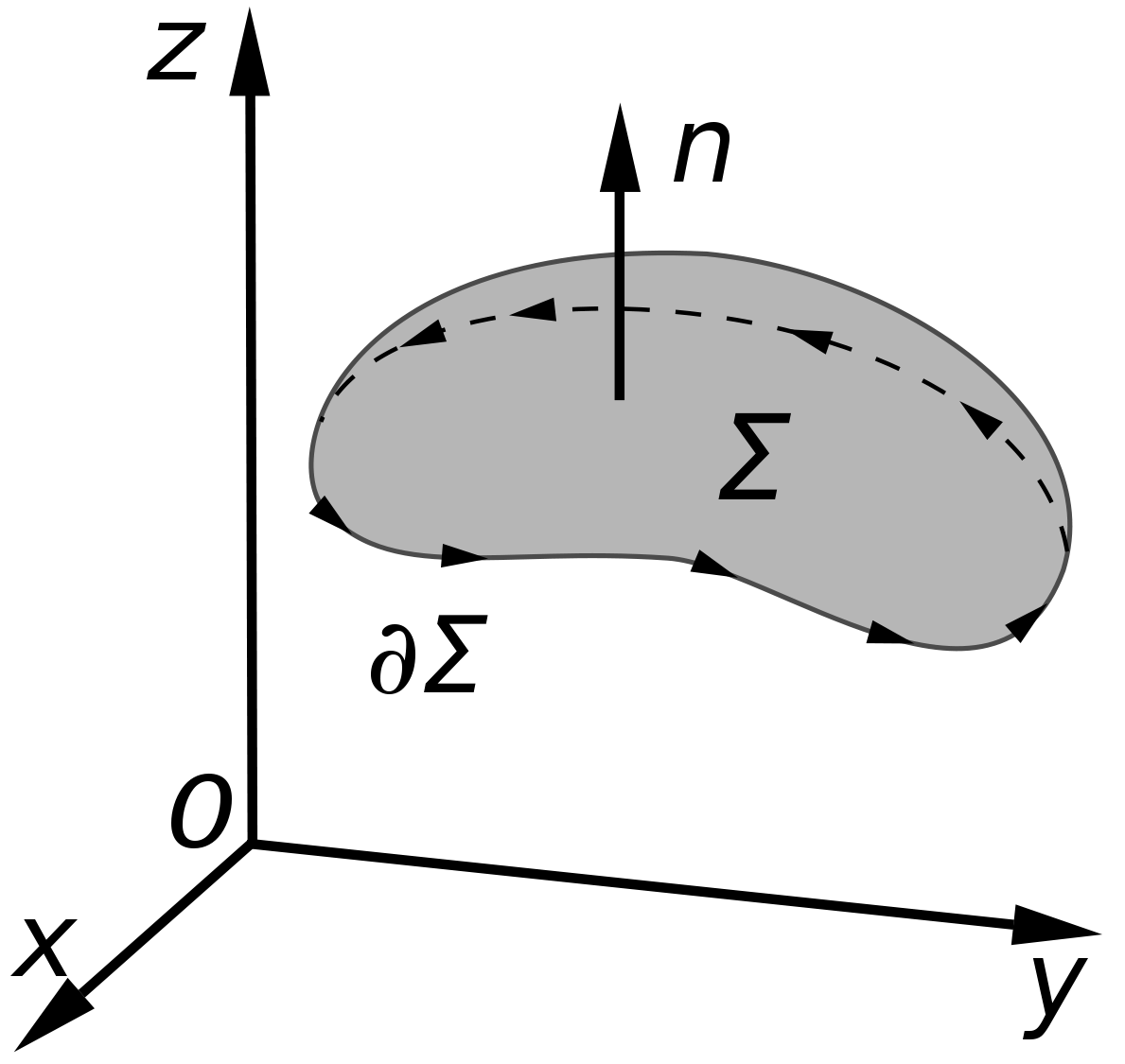What is parachute mitral valve?
Parachute mitral valve (PMV) is a congenital valvular anomaly in which all the chordae tendineae of the mitral valve are attached to a single papillary muscle.
Is Shone’s complex hereditary?
The team found that mutations in the gene encoding myosin, a contractile protein that is highly expressed during development accounted for about 11 percent of Shone syndrome. The team also reports a shared mutation among some CHD patients with Ashkenazian ancestry.
Is it better to repair or replace a mitral valve?
Whenever possible, it’s better to repair the mitral valve rather than replace it.” Mitral valve repair may help you to avoid complications that can occur with mitral valve replacement, including the risk of blood clots with mechanical valves.
Who is eligible for Ross procedure?
Who’s eligible for a Ross procedure? You may benefit from a Ross procedure if you are younger than 60 years old and have: Congenital aortic stenosis, a narrow aortic valve at birth. Other types of aortic valve disease.
How do you reduce MVP symptoms?
Treatment
- Beta blockers. These drugs relax blood vessels and slow the heartbeat, which reduces blood pressure.
- Water pills (diuretics). These medicines help remove salt (sodium) and water through your urine, reducing blood pressure.
- Heart rhythm drugs (antiarrhythmics).
- Blood thinners (anticoagulants).
- Antibiotics.
Is mitral valve repair major surgery?
Open mitral valve repair is major surgery that requires general anesthesia. This means the anesthesiologist will give you medicine to make you fall asleep and prevent you from feeling any pain. Any general anesthesia involves risks, including the risk of heart or brain injury.
What is the pathophysiology of a parachute valve?
Parachute mitral valve: Morphology and surgical management Parachute mitral valves are usually not an isolated lesion and are often characterized by a constellation of pathological changes of the mitral valve leaflets, annulus, commissures, subvalvular apparatus, and supravalvular mitral ring.
Can parachute mitral valves be cured?
Parachute mitral valves are curable by mitral valve repair in most cases, and mitral valve replacement is indicated only for patients with severe mitral valve lesions. Conflict of Interest: The author declared no conflicts of interest with respect to the authorship and/or publication of this article.
What is the difference between syndromic and non-syndromic parachute mitral valve?
A higher number of patients with a non-syndromic parachute mitral valve presented with congestive heart failure compared to syndromic ones. The patients with a non-syndromic parachute mitral valve often had mitral regurgitation, while syndromic parachute mitral valve patients often had mitral stenosis.
What are the treatment options for mitral valve disease?
Surgery involves repairing or replacing the mitral valve. Valve repair and replacement may be performed using open-heart surgery or minimally invasive surgery. Minimally invasive surgery involves smaller incisions and may have less blood loss and a quicker recovery time. For most people, mitral valve repair is the preferred surgical treatment.
